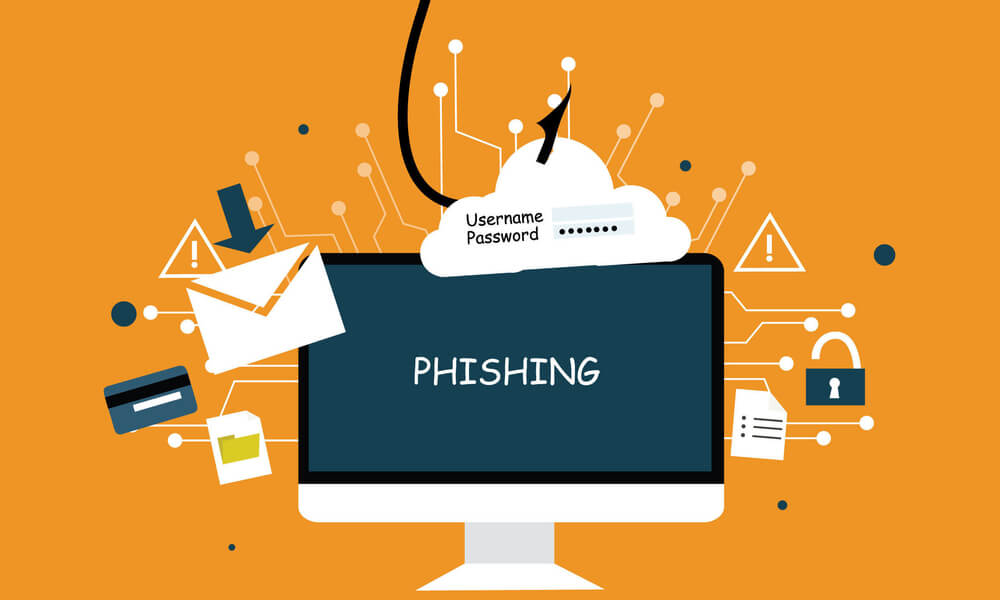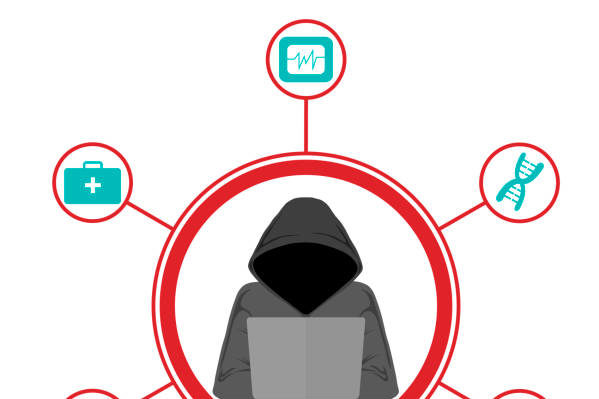Identity theft is a major concern in the modern digital age. Criminals are constantly developing new methods to steal sensitive information, such as personal data and financial details. Identity theft can have a devastating impact on victims, including financial losses, emotional distress, and damage to reputation. Here are some simple tips for safeguarding your identity and preventing identity theft from happening to you.
- Keep Your Personal Information Safe
One of the simplest ways to prevent identity theft is by keeping your personal information safe. This means not giving out details such as your Social Security number, credit card information or bank account information unless it is absolutely essential. Avoid sharing sensitive information over email or public Wi-Fi connections, as these are not secure channels.
- Practice Safe Online Behaviors
Be aware of phishing scams, which are fraudulent emails that appear to come from reputable organizations. These emails often contain links to fake websites that trick you into sharing personal or financial information. Be cautious when clicking on links and only enter confidential information on trustworthy websites. Use strong passwords and change them regularly.

- Secure Your Devices and Accounts
Ensure that your computer and mobile devices are protected with up-to-date security features, such as firewalls and antivirus programs. Regularly update your devices, operating systems, and software. Use two-factor authentication to provide an extra layer of security to your online accounts.
- Be Mindful of Public Wi-Fi
Public Wifi can be a breeding ground for hackers. Avoid logging onto sensitive accounts such as banking, email or social media accounts when on public Wi-Fi. If you must use public Wi-Fi, do so via a VPN (Virtual Private Network) which encrypts your data.

- Monitor Your Credit
Regularly monitor your credit reports and statements, looking for any anomalies or suspicious activities. You can request a free credit report from each of the three major credit bureaus each year. A credit monitoring service can help alert you if there are any changes to your credit or if any new accounts have been opened in your name without your permission.
Identity theft is a serious issue, but there are steps that you can take to protect yourself. By being vigilant and following these simple prevention tips, you can safeguard your personal information and avoid becoming a victim of identity theft. Remember that prevention is key, as it is much easier to take action before you become a victim than trying to recover from it after the fact. Stay protected and stay safe.








